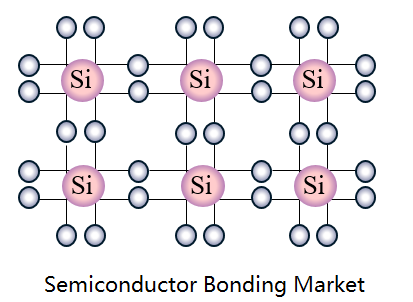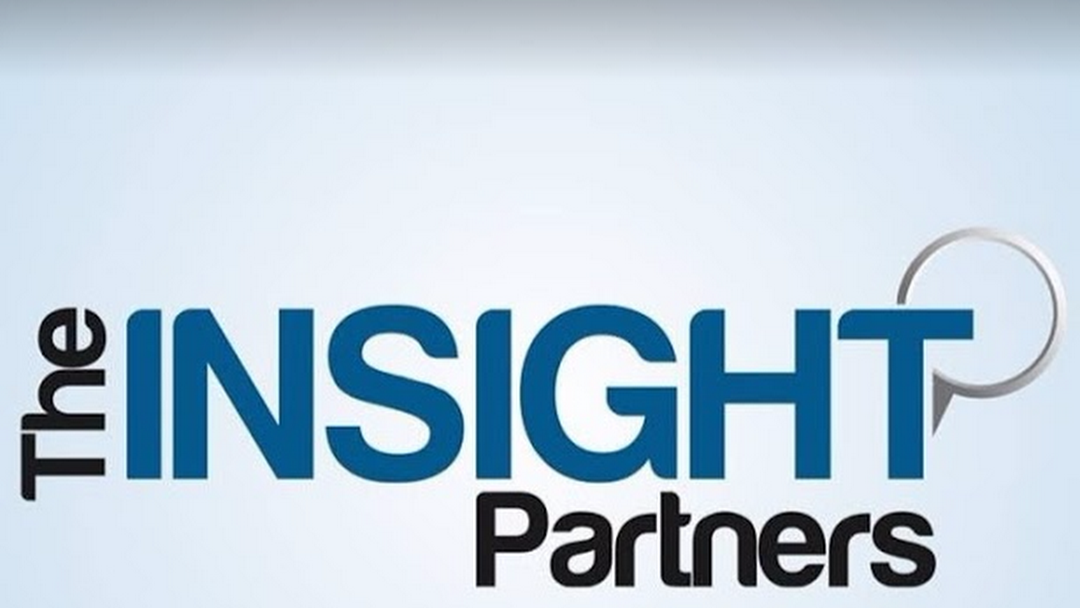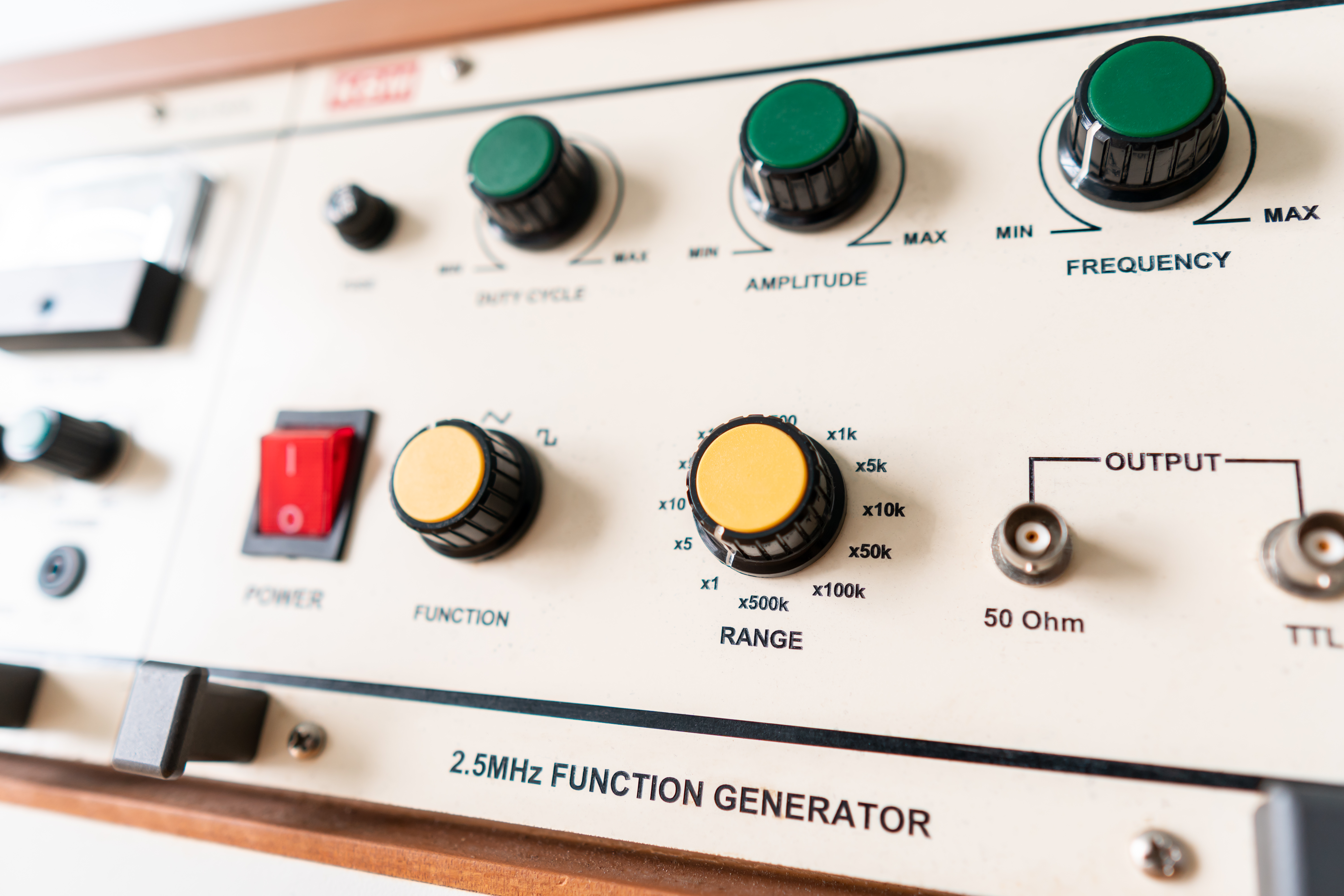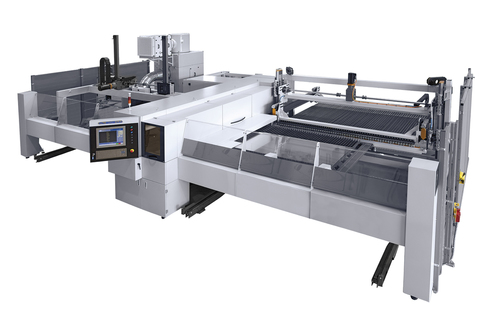According to The Insight Partners latest market study, titled “Semiconductor Bonding Market Forecast to 2028 –Global Analysis – by Type and Application,” the market is expected to grow from US$ 669.48 million in 2022 to reach US$ 1,076.82 million by 2028; it is anticipated to grow at a CAGR of 8.2% from 2022 to 2028.
The growing demand for semiconductor products, such as chips, from the automotive & industrial sectors, is expected to bolster the growth of the semiconductor bonding market. The automotive market registered a growth of 34.9% in 2021. Further, wireless communications, dominated by smartphones, had a growth of 24.6%. The number of 5G handsets produced grew from 251 million units in 2020 to 556 million in 2021, according to the Semiconductor Today data. Further, the rising demand for wearables, smartphones, and 5G services is anticipated to fuel the demand for semiconductor bonding market growth over the forecast period.
The semiconductor industry’s growth is attributed to the use of memories, graphics processing units, and 5G chipsets in hyperscale mobile phones, PCs, tablets, and 5G services. However, in 2020, the industrial & automotive electronics industries experienced a decline in the demand for semiconductors due to the onset of the COVID-19 pandemic. According to the Semiconductor Industry Association (SIA), the global sales of semiconductors increased from US$ 204.4 billion in 2000 to US$ 440.4 billion in 2020, which approximately doubled in the last two decades. Low prices of various chip types, such as memories; decreasing demand for smartphones, servers, and PCs; and a trade dispute between the US and China are hampering the market growth. Moreover, the US has imposed several restrictions on Chinese businesses because of national security concerns. For instance, the direct result of US sanctions against Huawei, the Chinese company, has adversely affected the company’s semiconductor business. As a result, China’s share of the semiconductor industry dropped from 6.7% in 2020 to 6.5% in 2021, according to the Semiconductor Industry Association (SIA).
Several semiconductor bonding players are adopting various organic and inorganic strategies to gain a competitive advantage. For instance, in April 2021, ASM Pacific Technology introduced three new manufacturing systems with X-Celeprint’s Micro Transfer Printing and ASM AMICRA’s high precision die bonding technology to allow high volume heterogeneous integration of ultra-thin dies.
Impact of COVID-19 Pandemic on Semiconductor Bonding Market
During the semiconductor bonding market analysis, it has been observed that COVID-19 pandemic has resulted in a slowdown in the production of electronics, automotive, etc. Travel restrictions, supply chain disruptions, and reduced demand for automobiles have drastically impacted the demand-supply dynamics of semiconductor chips across the regions.
Saudi Arabia, South Africa, and the UAE depend heavily on semiconductor imports from countries such as China, Japan, and South Korea, thus contributing ~60% share of the automotive market, according to the Semiconductor Industry Association (SIA). As per Gulf News, in GCC countries, the revenue of the automotive industry decreased due to the shutdown of factories owing to the COVID-19 pandemic; this led to a ~45-50% decline in car sales in March 2020. Moreover, before the onset of the pandemic, the demand for luxurious cars such as Jaguar, Rolls-Royce, and Mercedes was high because of the presence of high-net-worth individuals in the Middle East & Africa. However, the impacts of the COVID-19 outbreak have resulted in low demand for such cars, which is expected to hamper the semiconductor bonding market size.
The top five companies in the semiconductor bonding market are Kulicke and Soffa Industries, Inc.; ASMPT Ltd (formerly ASM Pacific Technology Ltd.); Mycronic AB; Yamaha Motor Corporation; and Toray Industries. The above listing of key players is derived by considering multiple factors such as overall market insights, dynamic trends, revenue, current general aviation portfolio, new product launches, market initiatives, investment in technology up-gradation, mergers & acquisitions, and other joint activities.
A few of the important market initiatives and product developments from the industry are mentioned below:
| Year | News | Region |
| 2021 | ASM Pacific Technology introduced three new production processes utilizing X-Micro Celeprint’s Transfer Publishing and ASM AMICRA’s good reproducibility die bonding technology to enable significant intensity diverse incorporation of ultra-thin dies up to 300 mm base wafer. | Asia-Pacific |
| 2021 | ASM Pacific Technology collaborated with the EV Group (Austria) to facilitate ultra-precision die-to-wafer hybrid bonding remedies for 3D-IC diverse assimilation. | Asia-Pacific |
| 2021 | Palomar Technologies launched new Palomar 3880-II Die Bonder. | North America |



